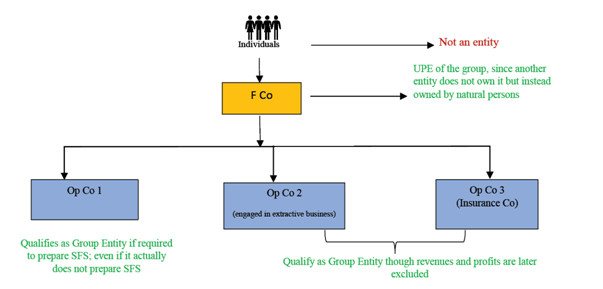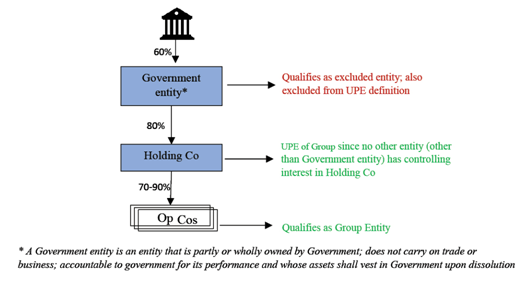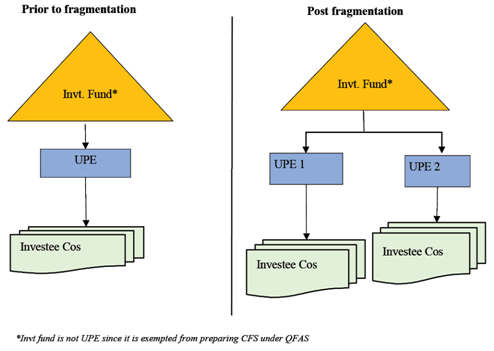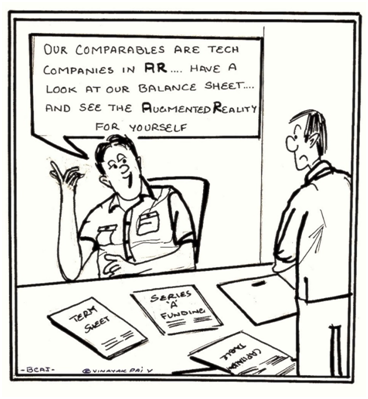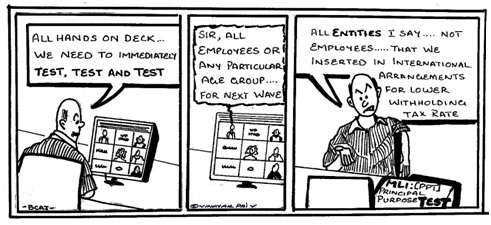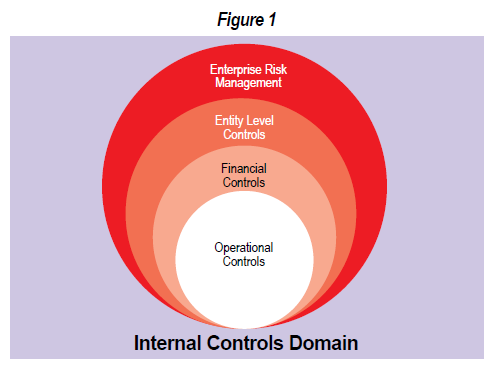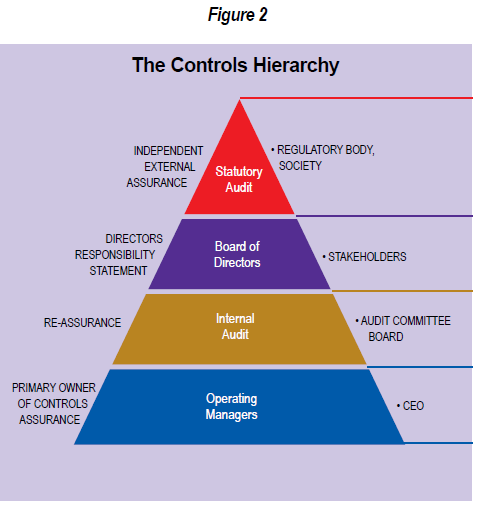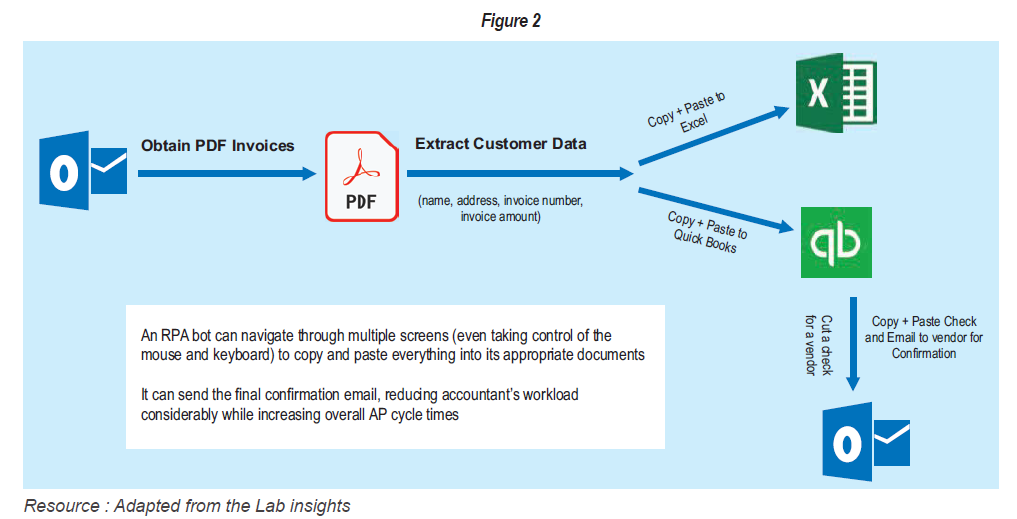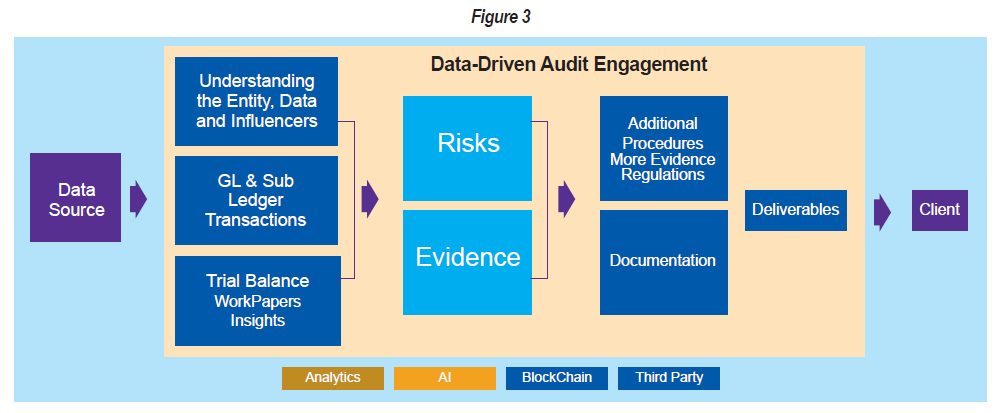1.0 BACKGROUND
The
government presented the Union Budget 2020 in the month of February this year
in the midst of an economic slowdown. The Budget was based on the twin pillars
of social and economic reforms to boost the Indian economy. The Finance Bill,
2020 got the President’s assent on 27th March, 2020, getting
converted into the Finance Act, 2020 which has brought in a lot of structural
changes such as (a) giving an option to the taxpayers to shift to the new slabs
of income-tax; (b) introducing the Vivad se Vishvas scheme; (c) reducing
the corporate tax rate; and (d) changes in taxation of dividends and many other
proposals.
Apart from
the above, one of the significant amendments made by the Finance Act, 2020
pertains to a change in the rules for determining the residential status of an
individual.
Let us study
these amendments in detail. It may be noted that the amendments to section 6 of
the Income-tax Act, 1961 (the Act) are applicable with effect from 1st
April, 2020 corresponding to the A.Y. 2020-21 onwards.
2.0 SIGNIFICANCE OF RESIDENTIAL STATUS
A person is
taxed in a jurisdiction based on ‘residence’ link or a ‘source’ link. However,
the comprehensive tax liability is invariably linked to the residential status,
barring a few exceptions such as taxation based on citizenship (e.g., USA) or
in case of territorial tax regimes (such as Hong Kong).
In India,
section 6 of the Act determines the residential status of a person. Section 5
defines the scope of total income and section 9 expands the scope of total
income in case of non-residents by certain deeming provisions.
Along with
the incidence of tax, residential status is also important to claim relief
under a particular tax treaty, as being a resident of either of the contracting
states is a prerequisite for the same. Therefore, Article 4 on ‘Residence’ is
considered to be the gateway to the tax treaty. Once a person is a resident of
a contracting state, he gets a Tax Residency Certificate which enables him to
claim treaty benefits.
3.0 PROVISIONS OF SECTION 6 OF THE ACT POST
AMENDMENT
The highlighted
portion is the insertion by the Finance Act, 2020. The provisions relating
to residential status under the Act are as follows:
Residence in
India
‘6.
For the purposes of this Act,
(1)
An individual is said to be resident in India in any previous year, if he
(a)
is in India in that year for a period or periods amounting in all to one
hundred and eighty-two days or more; or
(b)
[***]
(c)
having within the four years preceding that year been in India for a period or
periods amounting in all to three hundred and sixty-five days or more, is in
India for a period or periods amounting in all to sixty days or more in that
year.
Explanation
1 – In the case of an individual,
(a)
being a citizen of India, who leaves India in any previous year as a member of
the crew of an Indian ship as defined in clause (18) of section 3 of the
Merchant Shipping Act, 1958 (44 of 1958), or for the purposes of employment
outside India, the provisions of sub-clause (c) shall apply in relation
to that year as if for the words ‘sixty days’ occurring therein, the words ‘one
hundred and eighty-two days’ had been substituted;
(b)
being a citizen of India, or a person of Indian origin within the meaning of Explanation
to clause (e) of section 115C who, being outside India, comes on a visit
to India in any previous year, the provisions of sub-clause (c) shall
apply in relation to that year as if for the words ‘sixty days’, occurring
therein, the words ‘one hundred and eighty-two days’ had been substituted
and in case of the citizen or person of Indian origin having total income,
other than the income from foreign sources, exceeding fifteen lakh rupees
during the previous year, for the words ‘sixty days’, occurring therein, the
words ‘one hundred and twenty days’.
Clause (1A)
of Section 6
(1A)
Notwithstanding anything contained in clause (1), an individual, being a
citizen of India, having total income, other than the income from foreign
sources, exceeding fifteen lakh rupees during the previous year, shall be
deemed to be resident in India in that previous year, if he is not liable to
tax in any other country or territory by reason of his domicile or residence or
any other criteria of similar nature.
Explanation
2 – For the purposes of this clause, in the case of an individual,
being a citizen of India and a member of the crew of a foreign-bound ship
leaving India, the period or periods of stay in India shall, in respect of such
voyage, be determined in the manner and subject to such conditions as may be
prescribed.
(2) A
Hindu undivided family, firm or other association of persons is said to be
resident in India in any previous year in every case except where during that
year the control and management of its affairs is situated wholly outside
India.
(3) A
company is said to be a resident in India in any previous year if—
(i)
it is an Indian company; or
(ii)
its place of effective management, in that year, is in India.
Explanation
– For the purposes of this clause ‘place of effective management’ means a place
where key management and commercial decisions that are necessary for the
conduct of business of an entity as a whole are in substance made.
(4)
Every other person is said to be resident in India in any previous year in
every case, except where during that year the control and management of his
affairs is situated wholly outside India.
(5)
If a person is resident in India in a previous year relevant to an assessment
year in respect of any source of income, he shall be deemed to be resident in
India in the previous year relevant to the assessment year in respect of each
of his other sources of income.
(6) A
person is said to be ‘not ordinarily resident’ in India in any previous year if
such person is,
(a)
an individual who has been a non-resident in India in nine out of the ten
previous years preceding that year, or has during the seven previous years
preceding that year been in India for a period of, or periods amounting in all
to, seven hundred and twenty-nine days or less; or
(b) a
Hindu undivided family whose manager has been a non-resident in India in nine
out of the ten previous years preceding that year, or has during the seven
previous years preceding that year been in India for a period of, or periods
amounting in all to, seven hundred and twenty-nine days or less, or
(c)
a citizen of India, or a person of Indian origin, having total income, other
than the income from foreign sources, exceeding fifteen lakh rupees during the
previous year, as referred to in clause (b) of Explanation 1 to clause (1), who
has been in India for a period or periods amounting in all to one hundred and
twenty days or more but less than one hundred and eighty-two days; or
(d)
a citizen of India who is deemed to be resident in India under clause (1A).
Explanation
– For the purposes of this section, the expression ‘income from foreign
sources’ means income which accrues or arises outside India (except income
derived from a business controlled in or a profession set up in India).
4.0 DETERMINING THE SCOPE OF TAXABILITY (SECTION
5)
All over the world an individual is categorised as either a Resident or
a Non-resident. However, India has an intermediary status known as ‘Resident
but Not Ordinarily Resident’ (RNOR). This status provides breathing space to a
person from being taxed on a worldwide income, in that such a person is not
subjected to Indian tax on passive foreign income, i.e. foreign-sourced income
earned without business controlled from or a profession set up in India.
Thus, an
individual is subjected to worldwide taxation in India only if he is ‘Resident
and Ordinarily Resident’ (ROR).
Therefore,
an individual who is a resident of India is further classified into (a) ROR and
(b) RNOR (Refer paragraph 3 herein above).
The scope of
total income, based on the residential status, is defined in section 5 of the
Act which can be summarised as follows:
|
|
Sources of Income
|
ROR
|
RNOR
|
NR
|
|
i
|
Income received or is deemed to be received
in India
|
Taxable
|
Taxable
|
Taxable
|
|
ii
|
Income accrues or arises or is deemed to accrue
or arise in India
|
Taxable
|
Taxable
|
Taxable
|
|
iii
|
Income accrues or arises outside India, but it is
derived from a business controlled in or a profession set up in India
|
Taxable
|
Taxable
|
Not Taxable
|
|
iv
|
Income accrues or arises outside India other than
derived from a business controlled in or a profession set up in India
|
Taxable
|
Not Taxable
|
Not Taxable
|
5.0 NON-RESIDENT
According to
section 2(30) of the Act, ‘non-resident means a person who is not a
“resident”, and for the purposes of sections 92, 93 and 168 includes
a person who is not ordinarily resident within the meaning of clause (6)
of section 6.’
Section 92
deals with transfer pricing, section 93 deals with avoidance of income tax by
transactions resulting in transfer of income to non-residents and section 168
deals with residency of executors of the estate of a deceased person.
‘Executor’ for the purposes of section 168 includes an administrator or other
person administering the estate of a deceased person.
Thus, in
view of the amendments in section 6, a change in the classification of
residential status from that of a non-resident to an RNOR may lead to change in
the scope of taxability in respect of the above sections, viz., 92, 93 and 168.
6.0 RATIONALE FOR CHANGE IN THE DEFINITION OF
RESIDENTIAL STATUS
Clause (c)
of section 6(1) provides that an individual who is in India in any previous
year for a period of 60 days or more, coupled with 365 days or more in the
immediately preceding four years to that previous year, then he would be
considered a resident of India. The period of 60 days is very short, therefore
Indians staying abroad demanded some relaxations. The government also
acknowledged the fact that Indian citizens or Persons of Indian Origin (PIO)
who stay outside India often maintain strong ties with India and visit India to
take care of their assets, families or for a variety of other reasons.
Therefore, relaxation has been provided to Indian citizens / PIOs, allowing
them to visit India for longer a duration of 182 days since 1995, without losing
their non-resident status.
However, it
was found that this relaxation was misused by many visiting Indian citizens or
PIOs, by carrying on substantial economic activities in India and yet not
paying any tax in India. They managed to stay in India almost for a year by
splitting their stay in two financial years and yet escape from taxation in
India, even if their global affairs / businesses were controlled from India. In
order to prevent such misuse, the Finance Act, 2020 has reduced the period of stay
in India from 182 days to 120 days in case of those individuals whose
Indian-sourced income1
exceeds Rs. 15 lakhs.
There is no
change in case of a person whose Indian-sourced income is less than Rs. 15
lakhs.
7.0 IMPACT OF THE AMENDMENTS
7.1 Residential status of Indian citizens / PIOs
on a visit to India
The amended
provision of section 6(1)(c) read with clause (b) of Explanation 1 now
provides as follows:
An Indian
citizen or a Person of Indian Origin, having total income other than income from
foreign sources exceeding Rs. 15 lakhs, who being outside India comes on a
visit to India, shall be deemed to be resident in India in a financial year if…
(i) he is in India for 182 days or more during
the year; or
(ii) he has been in India for 365 days or more
during the four immediately preceding previous years and for 120 days or more
during that previous year.
7.2 Amendment to the definition of
R but NOR u/s 6(6)
As mentioned
earlier, section 6(6) provides an intermediary status to an individual (even
HUF through its manager) returning to India, namely, RNOR.
Clause (d)
is inserted in section 6(6) to provide that an Indian citizen / PIO who becomes
a resident of India by virtue of clause (c) to section 6(1) with the 120 days’
rule (as mentioned above) will always be treated as an RNOR. The impact is that
their foreign passive income would not be taxed in India.
_______________________________________________________________
1 The amendment uses the term ‘Income from
foreign sources’ which means income which accrues or arises outside India
(except income derived from a business controlled in or a profession set up in
India). In this Article, the term ‘Indian-sourced income’ is used as a synonym
for the term ‘income other than income from foreign sources’.
Let us
understand the conditions of residential status with the help of a flowchart (as
depicted below).
Assuming
that an Indian citizen has satisfied one of the two conditions of clause (c) to
section 6(1), namely, stay of 365 days in India during the preceding four
financial years, the following are the possible outcomes:

It may be noted that a person becoming a resident by virtue of the 120
days’ criterion would automatically be regarded as an RNOR, whereas a person
becoming resident by virtue of the 182 days’ criterion would become an RNOR
only if he further satisfies one of the additional conditions prescribed in
clause (a) of section 6(6) of the Act, namely, that he has been a non-resident
in nine out of the ten years preceding the relevant previous year, or he was in
India for a period or periods in aggregate of 729 days or less in seven years
preceding the relevant previous year.
The impact
of the amendment is that an individual who is on a visit to India may become a
resident by virtue of the reduced number of days criterion, but would still be
regarded as an RNOR, which gives much-needed relief as he would not be taxed on
foreign income, unless it is earned from a business or profession controlled /
set up in India.
8.0 DEEMED RESIDENTIAL STATUS FOR INDIAN CITIZENS
Traditionally,
in India income tax is levied based on the residential status of the
individual. It was felt that in the residence-based scheme of taxation there
was scope for abuse of the provisions. It was possible for a high net-worth
individual to arrange his affairs in a manner whereby he is not considered as a
resident of any country of the world for tax purposes. In order to prevent such
abuse a new Clause 1A has been inserted to section 6 of the Act vide the
Finance Act, 2020 whereby an individual being a citizen of India having total
income, other than the income from foreign sources, exceeding fifteen lakh
rupees during the previous year, shall be deemed to be resident in India in
that previous year, if he is not liable to tax in any other country or
territory by reason of his domicile or residence, or any other criterion of
similar nature. However, this provision is not applicable to Overseas Citizens
of India (OCI) card-holders as they are not the citizens of India.
In other
words, an individual is deemed to be a resident of India only if all the
following conditions are satisfied:
(i) He is a citizen of India;
(ii) His Indian-sourced total income exceeds Rs. 15
lakhs; and
(iii) He is not liable to tax in any other country or
territory by reason of his domicile or residence or any other criterion of
similar nature.
By virtue of the above deemed residential status, many NRIs living
abroad and possessing Indian citizenship could have been taxed in India on their
worldwide income. In order to provide relief, clause (d) has been inserted in
section 6(6) to provide that a citizen who is deemed a resident of India by
virtue of clause 1A to section 6 of the Act, would be regarded as an RNOR. The
advantage of this provision is that his foreign passive income would not be
taxed in India.
The above
amendment can be presented in the form of a flow chart (Refer Flow Chart 2,
on the next page):
9.0 ISSUES
9.1 What is the meaning of the term ‘liable to
tax’ in the context of determination of ‘deemed residential status’?

As per the
amended provision of section 6(1A) of the Act, an Indian citizen who is not
liable to tax in any country or territory by reason of his domicile or
residence or any other criterion of similar nature would be regarded as deemed
resident of India. However, the term ‘liable to tax’ is not defined in the Act.
This term has been a matter of debate for many years. Contrary decisions are in
place in respect of residents of the UAE where there is no income tax for
individuals.
Whether liability to tax includes ‘potential liability to tax’, in that
the individuals are today exempt from tax in the UAE by way of a decree2
, but they can be brought to tax any time. For that matter, any sovereign
country which is not levying tax on individuals at present always has an
inherent right to tax its citizens. Therefore,
can one say that residents of any country are always potentially liable to tax
by reason of their residence or domicile, etc.?
In the M.A.
Rafik case, In re [1995] 213 ITR 317, the AAR held that ‘liability to
tax’ includes potential liability to tax and, therefore, benefit of the
India-UAE Tax Treaty was available to a UAE resident. However, in the case of Cyril
Pereira the AAR held otherwise and refused to grant the benefit of the
India-UAE DTAA as there was no tax in the UAE. The Hon’ble Supreme Court, in
the case of Azadi Bachao Andolan [2003] 263 ITR 706, after
referring to the ruling of Cyril Pereira and after elaborate
discussions on the various aspects of this issue, concluded that ‘it is… not
possible for us to accept the contentions so strenuously urged by the
respondents that the avoidance of double taxation can arise only when tax is
actually paid in one of the contracting states.’
_______________________________________________________________
2 The UAE federal government has exclusive
jurisdiction to legislate in relation to UAE taxes. However, no federal tax
laws have been established to date. Instead, most of the Emirates enacted their
own general income ‘tax decrees’ in the late 1960s. In practice, however, the
tax decrees have not been enforced to date for personal taxation. [Source:
https://oxfordbusinessgroup.com/overview/full-disclosure-summary-general-and-new-tax-regulations]
The Hon’ble
Supreme Court in this case (Azadi Bachao Andolan, Supra), further
quoted excerpts from Prof. Klaus Vogel’s commentary on ‘Double Taxation’, where
it is clearly mentioned that ‘Thus, it is said that the treaty prevents not
only “current” but also merely “potential” double taxation.’
In Green
Emirate Shipping & Travels [2006] 100 ITD 203 (Mum.), the Mumbai
Tribunal after refusing to be persuaded by the decision of the AAR in the case
of Abdul Razak A. Menon, In re [2005] 276 ITR 306 held that
‘being “liable to tax” in the contracting state does not necessarily imply that
the person should actually be liable to tax in that contracting state by virtue
of an existing legal provision but would also cover the cases where that other
contracting state has the right to tax such persons – irrespective of whether
or not such a right is exercised by the contracting state. In our humble
understanding, this is the legal position emerging out of Hon’ble Supreme
Court’s judgment in Azadi Bachao Andolan case.’
In ITO (IT) vs. Rameshkumar Goenka, 39 SOT 132, the Mumbai
Tribunal, following the decision in Green Emirates (Supra), held
that the ‘expression “liable to tax” in that contracting state as used in
Article 4(1) of the Indo-UAE DTAA does not necessarily imply that the person
should actually be liable to tax in that contracting state and that it is
enough if the other contracting state has the right to tax such person, whether
or not such a right is exercised.’
In the case
of DDIT vs. Mushtaq Ahmad Vakil, the Delhi Tribunal, relying on the
decisions of Green Emirates (Supra), Meera Bhatia, Mumbai ITAT, 38 SOT 95,
and Ramesh Kumar Goenka (Supra) ruled in favour of the assessee
to give the benefit of the India-UAE Tax Treaty.
Thus, we
find that various judicial precedents in India are in favour of granting tax
treaty benefits to the residents of even those contracting states where there
is no actual liability to tax at present. Therefore, one may take a view that
in the context of Indian tax treaties ‘liability to tax’ includes ‘potential liability
to tax’, except where there is an express provision to the contrary in the tax
treaty concerned.
9.2 Can a deemed resident person avail treaty
benefit?
The benefit
of a tax treaty is available to a person who is a resident of either of the
contracting states which are party to the said treaty. Article 3 of the tax
treaties defines ‘person’ to include the individual who is treated as a taxable
entity in the respective contracting state (e.g. India’s tax treaties with the
USA and the UK). However, Article 4 of the India-UK Tax Treaty dealing with
‘Fiscal Domicile’ provides that the term ‘resident of a contracting state’
means any person who, under the law of that state, is liable to taxation
therein by reason of his domicile, residence, place of management or any other
criterion of a similar nature. This provision is similar in both the
UN and the OECD Model Conventions as well as most of the Indian tax treaties.
Here the question arises as to whether a person who is a deemed resident of
India (by virtue of clause 1A to section 6 of the Act), will be able to access
a treaty based on the wordings of Article 4? Article 4 requires him to be a
resident of a contracting state based on the criteria of domicile, residence or
any other criterion of similar nature, which does not include citizenship.
Although citizenship is one of the decisive criteria while applying
tie-breaking tests mentioned in paragraph 2 of Article 4, but first one must
enter the treaty by virtue of paragraph 1.
When we look
at the provisions of the India-US Tax Treaty, we find that citizenship is one
of the criteria mentioned in paragraph 1 of Article 4 on residence as mentioned
below:
‘ARTICLE 4 –
Residence – 1. For the purposes of this Convention, the term “resident of a
Contracting State” means any person who, under the laws of that State, is
liable to tax therein by reason of his domicile, residence, citizenship,
place of management, place of incorporation, or any other criterion of a
similar nature.’
Therefore,
in case of the India-US Tax Treaty there is no doubt about the availability of
tax benefits to an individual who is deemed to be a resident of India because
of his citizenship.
9.3 What is the status of Indian workers working
in UAE who are invariably citizens of India?
Article 4 of
the India-UAE Tax Treaty reads as follows:
ARTICLE 4 RESIDENT
1. For the purposes of this Agreement the
term ‘resident of a Contracting State’ means:
(a) ?in the case of India: any person who, under
the laws of India, is liable to tax therein by reason of his domicile,
residence, place of management or any other criterion of a similar nature. This
term, however, does not include any person who is liable to tax in India in
respect only of income from sources in India; and
(b) in the case of the United Arab Emirates: an
individual who is present in the UAE for a period or periods totalling in the
aggregate at least 183 days in the calendar year concerned, and a company which
is incorporated in the UAE and which is managed and controlled wholly in UAE.’
As per the
above provision, a person who stays in the UAE for 183 days or more in a
calendar year would be regarded as a resident of the UAE and therefore eligible
to get the treaty benefit.
The CBDT
issued a Press Release on 2nd February, 2020 clarifying that ‘the
new provision is not intended to include in tax net those Indian citizens who
are bona fide workers in other countries. In some sections of the media
the new provision is being interpreted to create an impression that those
Indians who are bona fide workers in other countries, including in
Middle East, and who are not liable to tax in these countries,
will be taxed in India on the income that they have earned there. This
interpretation is not correct.
In order to
avoid any misinterpretation, it is clarified that in case of an Indian citizen
who becomes deemed resident of India under this proposed provision, income
earned outside India by him shall not be taxed in India unless it is derived
from an Indian business or profession.’ (Emphasis supplied.)
The above
clarification is significant as it clearly provides that even though Indian
citizens in the UAE or in other countries are not liable to tax therein, their
foreign-sourced income will not be taxed in India unless it is derived from an
Indian business or profession.
However,
this clarification does not change the position for determination of deemed
residential status of such workers. In other words, all workers in the UAE or
other countries who are citizens of India may be still be regarded as deemed
residents of India if their Indian-sourced income exceeds Rs. 15 lakhs in a year.
The Press Release only says that their foreign income may not be taxed in
India, if the conditions are satisfied.
9.4 What is the impact of Covid-19 on
determination of residential status?
The CBDT
Circular No. 11 of 2020 dated 8th May, 2020 grants relief to
taxpayers by excluding the period of their forced stay in India from the 22nd
to the 31st of March, 2020 in computation of their residential
status in India for Financial Year 2019-20. The relevant extract of the said
Circular is reproduced below:
‘3. In
order to avoid genuine hardship in such cases, the Board, in exercise of powers
conferred under section 119 of the Act, has decided that for the purpose of
determining the residential status under section 6 of the Act during the
previous year 2019-20 in respect of an individual who has come to India on a
visit before 22nd March, 2020 and:
(a) has been
unable to leave India on or before 31st March, 2020, his period of
stay in India from 22nd March, 2020 to 31st March, 2020
shall not be taken into account; or
(b) has been quarantined in India on account of Novel Corona Virus
(Covid-19) on or after 1st March, 2020 and has departed on an
evacuation flight on or before 31st March, 2020 or has been unable
to leave India on or before 31st March, 2020, his period of stay
from the beginning of his quarantine to his date of departure or 31st
March, 2020, as the case may be, shall not be taken into account; or
(c) has departed on an evacuation flight on or before 31st
March, 2020, his period of stay in India from 22nd March, 2020 to
his date of departure shall not be taken into account.’
The above
Circular deals with the period up to 31st March, 2020. The Finance
Minister has assured similar relief for the Financial Year 2020-21. As the
operations on international flights have not resumed fully, a suitable
relaxation may be announced in future when the situation normalises.
10.0 EPILOGUE
The
amendments to section 6 are in the nature of anti-abuse provisions. However, in
view of the pandemic Covid-19, it is desirable that these amendments are
deferred for at least two to three years. More than half of the world is under
lockdown. India is also under lockdown for over two months now. International
flights are still not operative. Only Air India is operating international
flights under the ‘Vande Bharat’ mission to bring back or take out the
stranded passengers. This is an unprecedented situation which calls for
unprecedented measures. Today, India is considered safer than many other
countries in the world and therefore many NRIs may like to spend more time with
their families in their motherland. Under the circumstances, the amendment
relating to reduction of the number of days’ stay from 182 to 120 should be
reconsidered.















